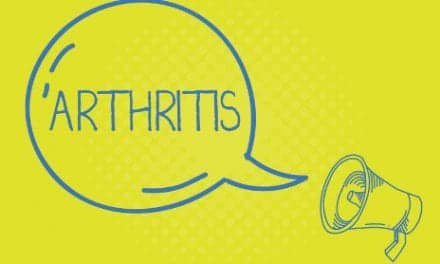Gene therapy delivered in combination—one designed to inhibit inflammation and one targeting protection against cartilage degeneration—was shown to preserve articular cartilage better than each approach alone in animal models of both moderate and severe post-traumatic osteoarthritis.
The therapeutic strategy included combined delivery of helper-dependent adenoviruses expressing interleukin-1 receptor antagonist (IL-1Ra) to block inflammation and PRG4 (lubricin) to promote pro-anabolic cartilage genes and decrease expression of catabolic genes, as reported in an article published in Human Gene Therapy, a peer-reviewed journal from Mary Ann Liebert Inc publishers.
The Baylor College of Medicine researchers used two surgical techniques to model moderate and severe post-traumatic osteoarthritis. They found that the combination gene therapy led to improved cartilage preservation compared to monotherapy in both animal models, explains a media release from Mary Ann Liebert Ind/Genetic Engineering News.
“Osteoarthritis is one of the most prevalent potential targets for gene therapy, and its prevalence is increasing with the aging of the population,” says Editor-in-Chief Terence R. Flotte, MD, Celia and Isaac Haidak Professor of Medical Education and Dean, Provost, and Executive Deputy Chancellor, University of Massachusetts Medical School, Worcester, Mass, in the release.
“The relatively easy access to the joint space, and its relatively compart-mentalized structure could make it an ideal target for localized gene therapy such as this.”
[Source(s): Mary Ann Liebert Ind/Genetic Engineering News, EurekAlert]





